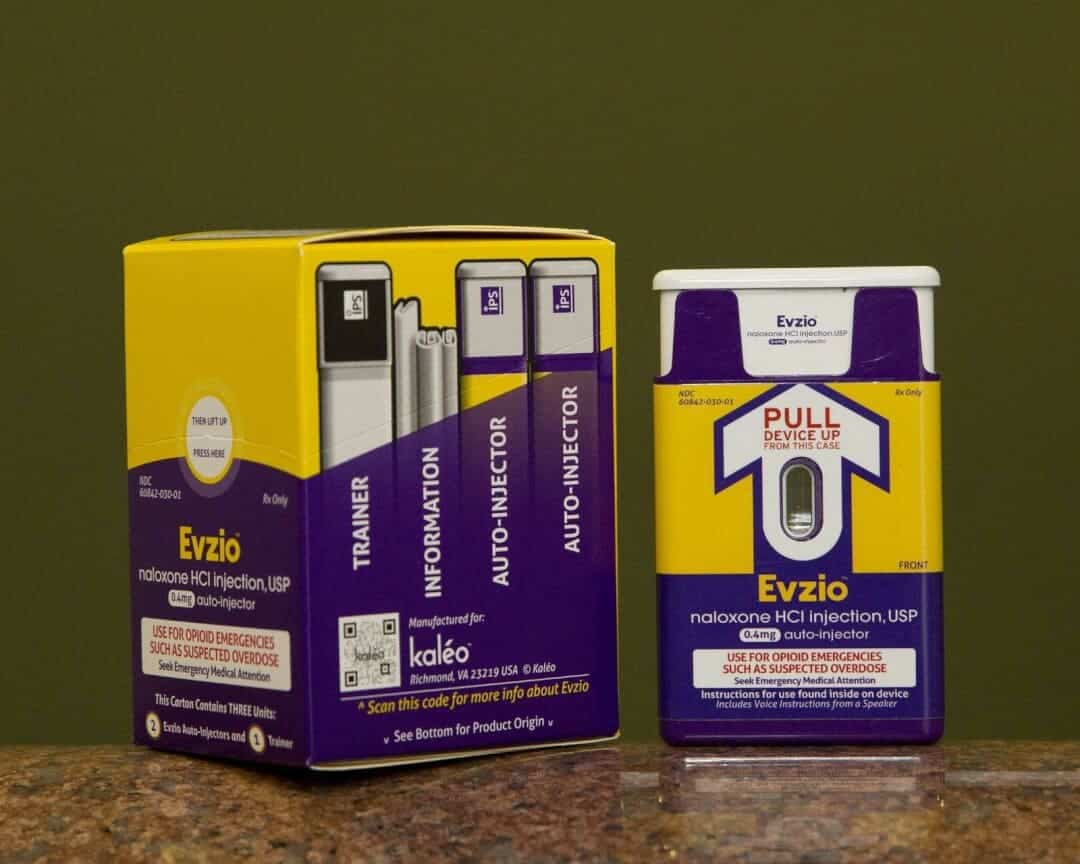Retail Mobile Apps: The Cost of Developing One Like Canon
Developing retail mobile apps in-house can be an expensive project, often requiring an experienced and diverse team. It involves the collaboration of project managers, database experts, UX/UI developers, Android and/or iOS developers, and quality testers, amongst many others.
Budgeting the time and financial obligations are often just the first step in a successful deployment. Unless your team has the experience and resources necessary, a retail mobile app development project will rarely turn out as expected or desired.
In order to truly determine how much the development process is going to cost, you have to isolate the app’s design specifications. Once your retail mobile app is deployed, creating additional features or re-developing it for different platforms can cause time and cost overages for the added scope.
That is why having an experienced team that can develop the scope with you ahead of time – and then ensure they remain agile to your needs – is vital to keeping costs down and staying on schedule.
Inside the Canon Retail App for iOS
The Development Process
When our team at Glance developed the Canon UST retailer mobile app, it was initially meant for internal use. The application was designed as a training tool to educate the Canon team so they would be better able to sell their products.
The retail mobile application gives the team a 360° view of Canon products, with a demonstration of individual features for them to explore. Each product listed can be demonstrated and tested, including zoom lenses or night modes on cameras.
While exploring the features, Canon recognised they were so well-developed and helpful that they decided their customers would greatly benefit from using the app as well. The practical applications of the Canon app became apparent during testing, and so it was deployed as a retail app for iOS.
How It Works
When customers use the app at retail locations, they are able to quickly learn about Canon product features as well as suggested items to go with the product in question. The end result is a more exceptional customer experience and higher sales. What this proved on the higher level is that retailer mobile apps can drastically enhance your customer retention and the market footprint of your brand, leading to higher customer acquisition.
When your customers leave a retail store, you want to maintain a degree of interaction with them so your brand remains top of mind. With retail mobile applications, you can increase brand loyalty and sales frequency as you become available to assist your customers the moment they realise they have a need for your product.
On top of increased access, your retail mobile app becomes a platform for you to demonstrate your products and services and integrate with your customers’ needs. Keep in mind, though, that 51% of customers state they would never return to a company again after just one negative experience. So, it’s incredibly important to release a high-quality product initially and then continue to optimise and improve it over time.
Things You Should Consider With Retailer Mobile App Development
There are various types of app development, from web-based to native apps. In order to maximise your reach, you should consider creating retail mobile apps for both the Android Play Store and the iOS App Store. Having your product on both of these stores will not only increase your market presence but will ensure none of the market segment feels isolated due to a lack of support for their chosen mobile OS.
After deployment, it is necessary that you integrate customer feedback and release regular updates that enhance the performance and feature set of your retail mobile app. This way, customers are encouraged to explore the apps more frequently.
Developing quality retail mobile applications is an absolute necessity. In fact, 57% of internet users say they won’t recommend a business with a poorly designed website on mobile – and this includes mobile apps. Also, as of Q2 of 2018, smartphones are responsible for 65% of the share of all retail web traffic.
With all of this in mind, the end-user experience should be your primary concern when creating retail apps, whether for iOS or Android. Analysing the customer pain points and how you can solve these problems should be the focal point of your development strategy. Having a first-rate retail mobile app is about more than acting as a platform for purchasing products; it is a means of providing your customers with seamless user experiences and enabling you to respond to their needs instantly.
Do not ignore the digital revolution. To thrive in today’s market, it is necessary to continually adapt to it, which means you need to release an app. At Glance, we can help you develop retailer mobile apps that are seamless, practical, and beautiful.
If you have an app idea, Talk To Us today!
Share this
Subscribe To Our Blog
You May Also Like
These Related Stories

The Ways Modern Retail Stores Are Leveraging App Development

Improve The Retail Experience With A Well-Developed Mobile App





